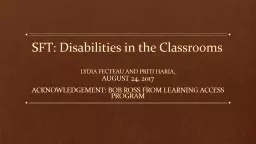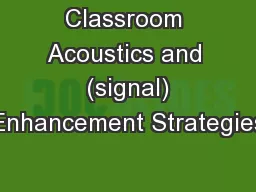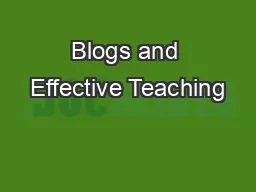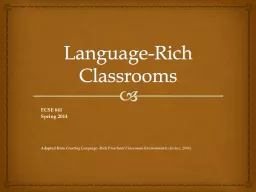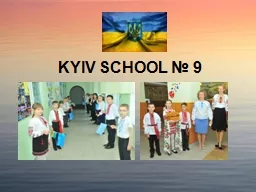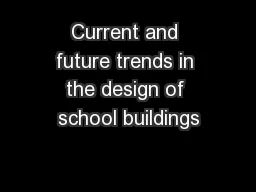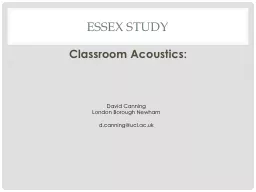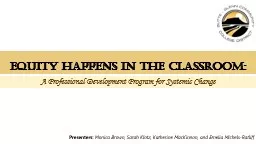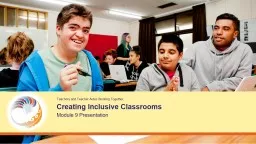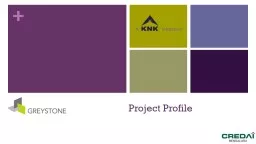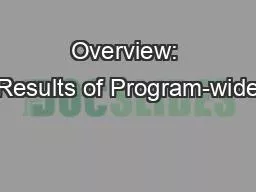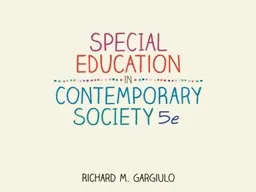PPT-SFT: Disabilities in the Classrooms
Author : conchita-marotz | Published Date : 2018-11-04
Lydia Fecteau AND Priti Haria August 24 2017 Acknowledgement Bob Ross from Learning ACCESS program LAP YEARLY REGISTERED OF STUDENTS ACADEMIC YEAR REGISTERED
Presentation Embed Code
Download Presentation
Download Presentation The PPT/PDF document "SFT: Disabilities in the Classrooms" is the property of its rightful owner. Permission is granted to download and print the materials on this website for personal, non-commercial use only, and to display it on your personal computer provided you do not modify the materials and that you retain all copyright notices contained in the materials. By downloading content from our website, you accept the terms of this agreement.
SFT: Disabilities in the Classrooms: Transcript
Download Rules Of Document
"SFT: Disabilities in the Classrooms"The content belongs to its owner. You may download and print it for personal use, without modification, and keep all copyright notices. By downloading, you agree to these terms.
Related Documents

